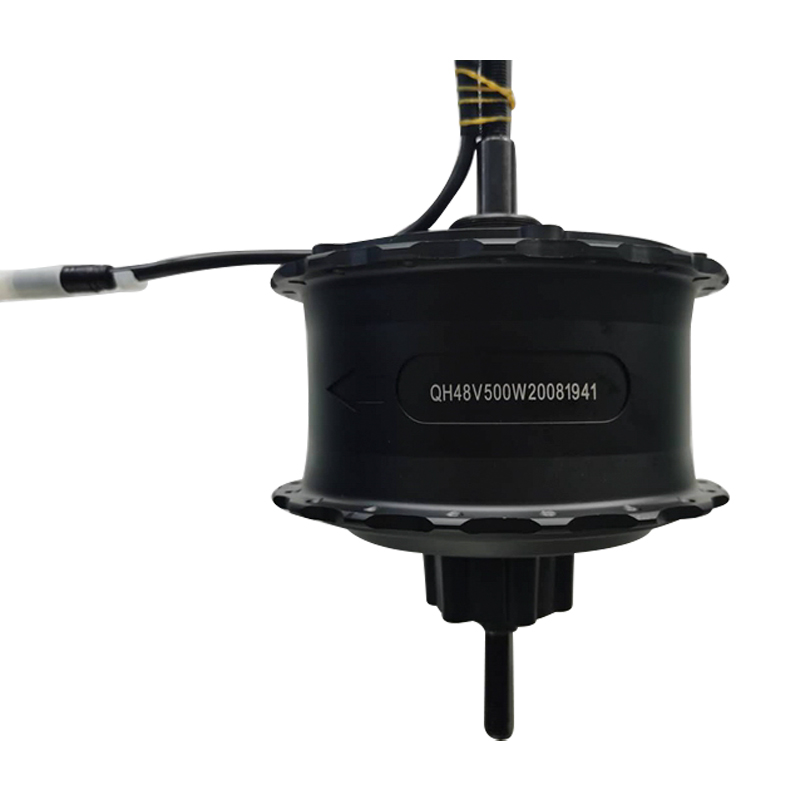

1. E-bike Motors Basics: Detailed Explanation of Power and Voltage
The motor is the "heart" of an electric bicycle, which determines your acceleration ability, maximum speed, and climbing performance.
Common motor power levels:
250W: Suitable for daily urban commuting, meets most European regulatory restrictions, low energy consumption but weak power.
500W: Suitable for light off-road, urban commuting, balance speed and endurance.
750W: With stronger power, suitable for climbing or loading (such as takeout, express delivery).
1000W and above: For off-road or high-speed riding, not legal on the road in some countries and regions.
Common motor voltages:
24V: More used in the early days, but now less common.
36V: Suitable for medium-power commuting motors.
48V: Modern mainstream voltage, suitable for medium and high-power motors, higher efficiency.
52V/72V: Mostly used for high-end or modified E-bikes to increase maximum power output and speed.
Note: The higher the motor voltage, the greater the output power per unit current and the lower the heat, but it also means that a higher voltage level battery and controller are required.
2. Battery Basics: Capacity, Voltage and Endurance
The battery is the "fuel tank" of the E-bike, which determines how far you can ride and how much power the motor can supply.
Battery capacity unit:
Ah (ampere-hour): The ability of the battery to discharge continuously, for example: 48V 10Ah = 480Wh.
Wh (watt-hour): Total energy reserve, calculated as: voltage × ampere-hour.
For example, 36V × 10Ah = 360Wh
Usually every 10Wh can support about 1 km of pure electric endurance (depending on road conditions and riding style)
The battery voltage needs to match the motor voltage:
A 48V motor is equipped with a 48V battery. If the voltage does not match, the controller may not start or damage the system.
When the battery voltage is lower than the motor requirement, the performance decreases;
Voltage higher than the motor rating may burn out the controller or motor.

3. The importance of correctly matching the motor and battery
A well-matched system will bring the following benefits:
High-efficiency output: The motor runs in the optimal working range, with high efficiency and long battery life.
Improved safety: Avoid risks such as overload, overheating, and burning.
Extended service life: The battery is not over-discharged, the motor is not overloaded, and the life is longer.
Better riding experience: Smoother start, linear acceleration, and low noise.
Problems that may be caused by incorrect matching:
Battery overheating or rapid power loss;
Controller burnout or protective power failure;
Motor slippage or unstable performance;
Unable to activate system or battery alarm;
The vehicle's battery life is seriously insufficient, and the experience is discounted.